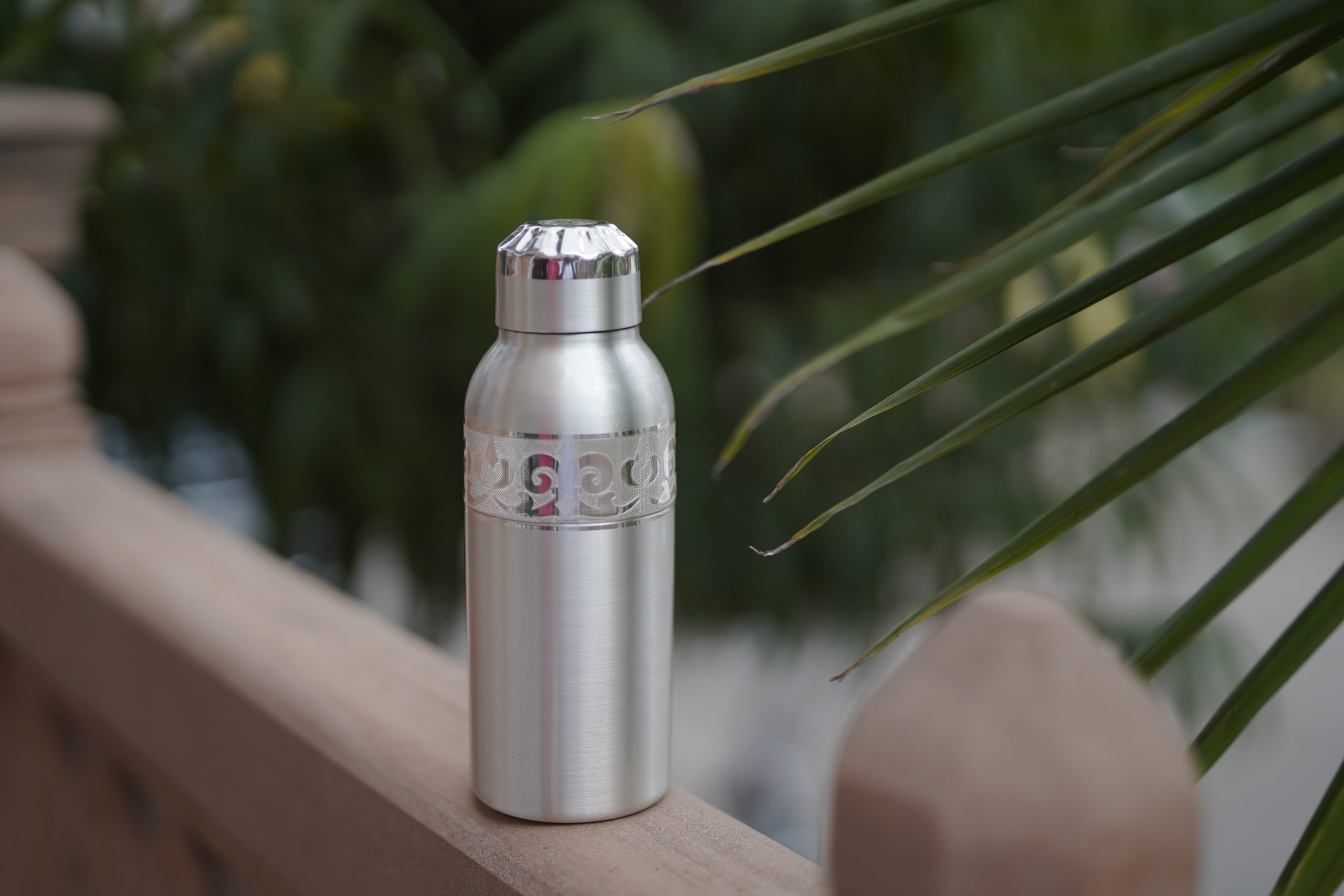Understanding 925, 950, and 999: What Do TheseNumbers Mean for Silver Purity?

Have you ever come across the numbers 925, 950, or 999 engraved on your silver jewelry or cutlery and wondered what they mean? These tiny marks hold the key to understanding the quality and purity of the silver you own. Whether you’re a jewelry enthusiast, collector, or simply someone curious about precious metals, knowing the difference between these numbers can help you make informed decisions when buying silver products.
The Significance of Silver in Indian Tradition
Before diving into the numbers, it’s essential to appreciate the deep cultural and historical significance of silver in India. For centuries, silver has been an integral part of Indian customs, playing a vital role in rituals, celebrations, and adornments. From silver coins used as currency in ancient times to the elaborately designed silver jewelry passed down through generations, this metal is more than just a material—it’s a part of India’s heritage.
Silver is often associated with the moon in Indian culture, symbolizing purity, calmness, and prosperity. During festivals like Diwali, Dhanteras, and Akshaya Tritiya, it’s a common practice to buy silver, as it is believed to bring good fortune and wealth. In many Indian households, silver utensils are used for religious purposes and are considered auspicious. The practice of gifting silver items during weddings and other significant events is still prevalent, symbolizing blessings and the continuity of traditions.
So, what do these mysterious numbers mean? Let’s dive into the world of silver purity and decode the significance of these hallmark numbers.
What Is Silver Purity?
Before we get into the details of 925, 950, and 999, it’s important to understand what silver purity means. Silver, in its natural state, is a soft, malleable metal. While this makes it easy to shape into intricate designs, it also means that pure silver is too delicate for most practical uses, such as in jewellery, utensils, or coins.
To enhance its durability and usability, silver is often combined with other metals like copper, resulting in an alloy. The number stamped on your silver item refers to the proportion of pure silver in the alloy. This is known as the silver’s “fineness,” which is expressed in parts per thousand.
For instance, if you have a piece of silver marked 925, it means that out of 1,000 parts, 925 parts
are pure silver, while the remaining 75 parts consist of other metals (usually copper).
Decoding the Numbers: 925, 950, and 999
Now, let’s break down the meaning behind these three common hallmark numbers and explore their significance in terms of silver purity:
- 925 Silver (Sterling Silver)
When you see the number 925 stamped on silver, it refers to sterling silver. Sterling silver is made up of 92.5% pure silver, with the remaining 7.5% typically made up of copper or other metals. This blend gives sterling silver its durability and strength, making it ideal for jewelry, flatware, and decorative items.
Why 925 Silver Is Popular:
Sterling silver is one of the most commonly used forms of silver in the jewelry industry. This is because it strikes a balance between purity and durability. While pure silver is too soft for everyday wear, the addition of copper hardens the metal without compromising the beauty of the silver. The result is a metal that can withstand daily wear and tear, while still retaining its brilliant shine.
Sterling silver is highly versatile, making it a favorite among jewelry designers. From rings and necklaces to bracelets and earrings, sterling silver offers endless possibilities for creating stylish
and affordable accessories. Additionally, 925 silver has a long history dating back to the 12th century, and it has been the standard for silverware in many countries.
Common Uses of 925 Silver:
· Jewelry (rings, necklaces, bracelets)
· Tableware (spoons, forks, knives)
· Decorative items (vases, candlesticks) - 950 Silver:
Slightly purer than sterling silver, 950 silver contains 95% pure silver and 5% other metals. This
higher silver content gives 950 silver a richer, more luxurious appearance. However, it is also
softer and more prone to scratching and denting than 925 silver.
Why Choose 950 Silver?
950 silver is often favored by artisans and high-end designers who value its aesthetic appeal and
purity. Due to its high silver content, 950 silver has a brighter and whiter sheen than sterling silver, making it a preferred choice for luxury jewelry and fine craftsmanship.
However, because of its softness, 950 silver is not as durable as 925 silver, meaning it may
require more maintenance to keep it in pristine condition. It’s less commonly used in items that
undergo heavy wear and tear, like flatware or everyday jewelry.
Common Uses of 950 Silver:
● Luxury jewelry
● High-end silverware
● Decorative pieces
● Collectible coins - 999 Silver (Fine Silver or Pure Silver)
When you see the number 999 on a silver item, it signifies the highest purity level of silver:
99.9% pure silver, also known as fine silver. This form of silver contains only a minuscule amount of impurities—just 0.1%. While this may sound like the ideal form of silver, pure silver is incredibly soft and malleable, making it impractical for many uses that require durability.
Why Is 999 Silver Rarely Used in Jewellery?
Because of its softness, fine silver is rarely used in jewelry or items that are exposed to wear and
tear. It bends and scratches easily, which means it’s not ideal for pieces that are handled frequently. Instead, fine silver is most often used for bullion coins, bars, and certain types of collectible or ceremonial items.
However, fine silver has a distinctive beauty, with a more muted luster than sterling silver.
Collectors and investors often prefer 999 silver for its intrinsic value and purity, especially in
bullion form.
Common Uses of 999 Silver:
● Investment (silver bars and coins)
● Collectibles
● Electrical components
● Special occasions or ceremonial items


